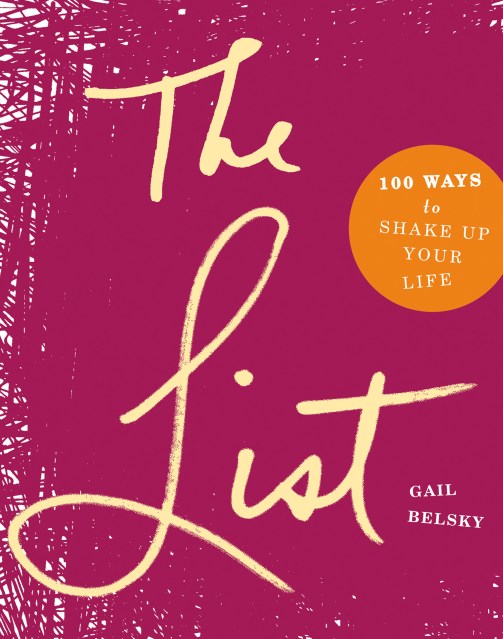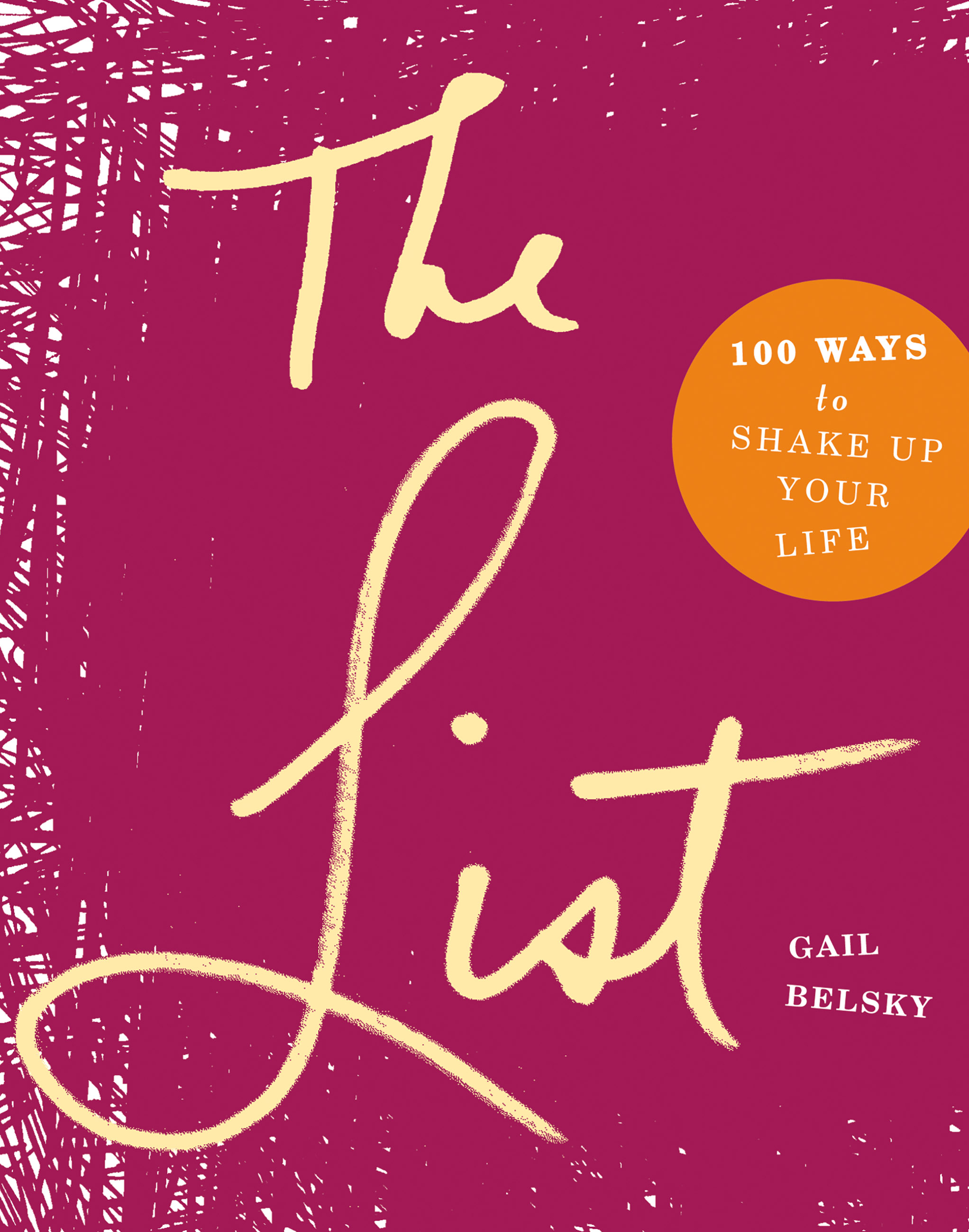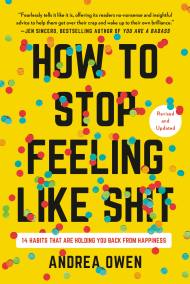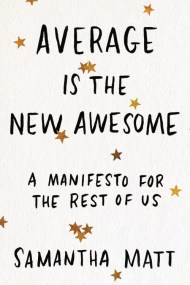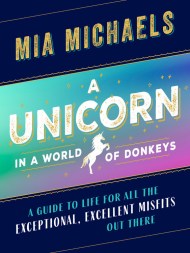Promotion
Use code BEST25 for 25% off storewide. Make sure to order by 11:59am, 12/12 for holiday delivery!
By clicking “Accept,” you agree to the use of cookies and similar technologies on your device as set forth in our Cookie Policy and our Privacy Policy. Please note that certain cookies are essential for this website to function properly and do not require user consent to be deployed.
The List
100 Ways to Shake Up Your Life
Contributors
By Gail Belsky
Formats and Prices
- On Sale
- Nov 18, 2008
- Page Count
- 225 pages
- Publisher
- Seal Press
- ISBN-13
- 9780786726738
Price
$10.99Price
$13.99 CADFormat
Format:
ebook $10.99 $13.99 CADThis item is a preorder. Your payment method will be charged immediately, and the product is expected to ship on or around November 18, 2008. This date is subject to change due to shipping delays beyond our control.
Buy from Other Retailers:
With instructions and inspirational stories from women who have risen to the challenge, The List will excite, scare, and push readers to do something they’ve always dreamed of, or better yet, to do something they’ve never dared consider. Whether it’s writing a novel, running a marathon, or taking on a lover, The List delivers what many women are missing—taste of adventure and a light kick in the butt.
Newsletter Signup
By clicking ‘Sign Up,’ I acknowledge that I have read and agree to Hachette Book Group’s Privacy Policy and Terms of Use
